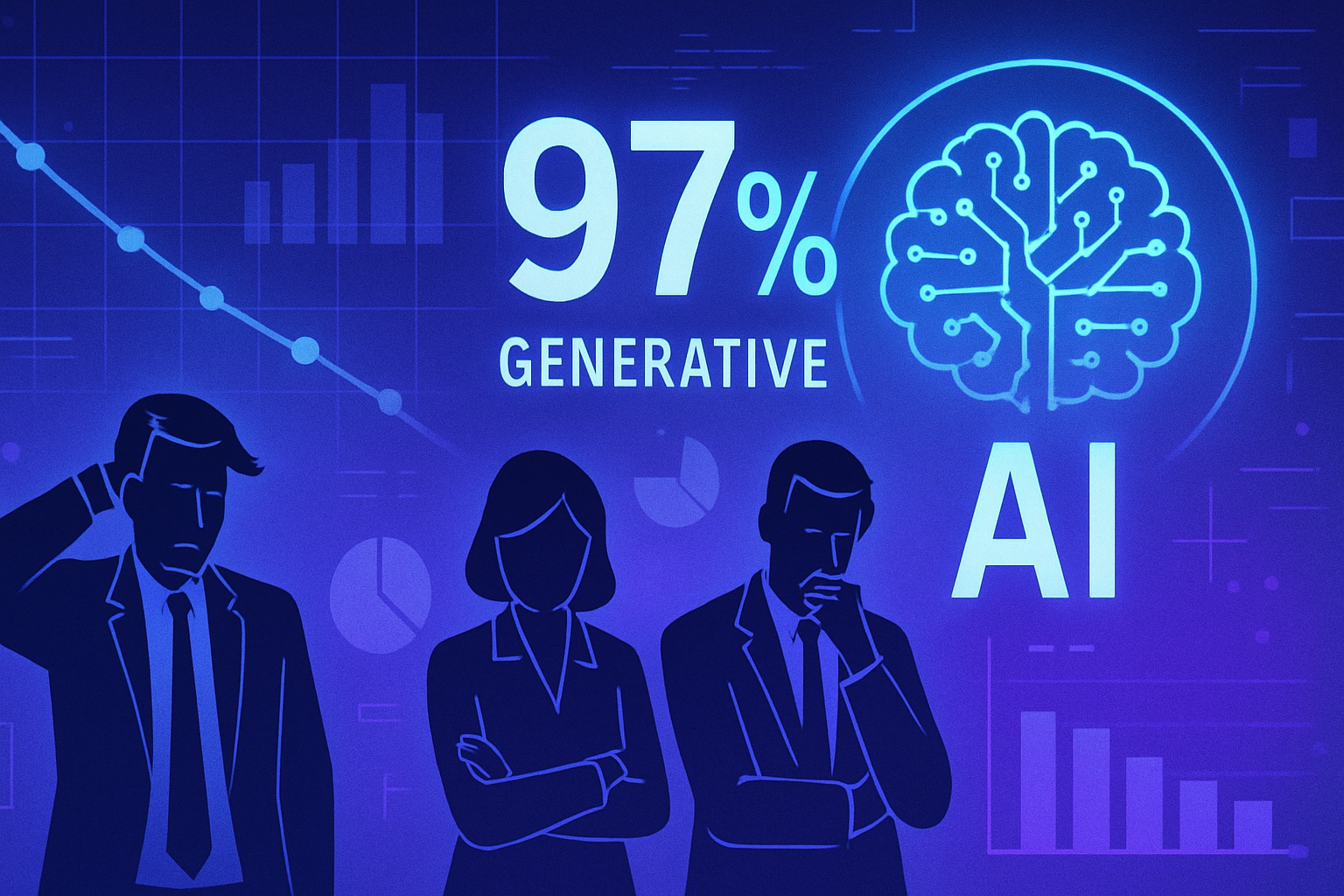A prompt reaction to the environmental consequences of generative AI is essential in the face of growing energy demand. Intelligent models, value generators, lead to an alarming carbon footprint. The fight against this pollution requires frantic innovations, combining efficiency and sustainability.
Rethinking data infrastructures becomes imperative to mitigate the impact of these technologies. Artificial intelligence, caught in an ecological dilemma, prompts reflection on its energy future. Technological advancements must be coupled with an increased environmental awareness.
Assessment of the carbon footprint of generative AI
The energy requirements associated with generative AI are increasing at an alarming rate. According to a report published by the International Energy Agency, global electricity demand from data centers is expected to more than double by 2030, reaching approximately 945 terawatt-hours. This amount is slightly higher than the energy consumption of Japan. Although not all operations in a data center are directly linked to AI, the situation remains concerning for the environment.
An analysis by Goldman Sachs reveals that nearly 60% of the increasing electricity demand from data centers will come from burning fossil fuels, resulting in a global increase of about 220 million tonnes in carbon emissions. For comparison, driving 8,000 kilometers in a gasoline car produces about one tonne of carbon dioxide.
Reduction of operational carbon emissions
Experts are primarily focused on reducing operational carbon emissions, often referred to as “operational carbon.” This term refers to emissions generated by powerful processors known as GPUs found in data centers. “Embodied carbon,” on the other hand, refers to emissions generated during the actual construction of these facilities. Vijay Gadepally, a senior scientist at MIT, emphasizes that the construction and modernization of data centers involve enormous amounts of materials like steel and concrete, resulting in a significant carbon footprint.
Optimizing model efficiency
Reducing the energy intensity of AI models requires a diverse set of measures. For example, minor adjustments, such as reducing the brightness of GPUs, can lead to considerable energy savings without affecting model performance. Gadepally indicates that lowering GPU consumption to use about one-third of the energy has a minimal impact on results while facilitating cooling.
Another method involves decreasing the precision of computing hardware. AI systems like GPT-5 require massive amounts of computing power, but reducing processor precision can yield similar results. Meanwhile, researchers recommend stopping the training process of AI models earlier when the accuracy level reaches an acceptable threshold.
Innovations in data center design
Technological innovations play a crucial role in reducing the energy intensity of AI systems. While chip efficiency has slowed since 2005, the ability of GPUs to process operations per joule of energy continues to improve by about 50 to 60% each year. This phenomenon, known as “Moore’s law,” has a considerable impact on the energy efficiency of parallel operations.
Maximizing energy savings
The location of a data center also influences its carbon footprint. For example, Meta has established a center in Lulea, Sweden, where the ambient coolness reduces energy needs for cooling. Researchers at MIT are also exploring long-term energy storage units capable of storing excess energy for later use. Such systems could transform how centers use renewable energy sources.
The role of AI in the energy transition
The rapid rise of AI exceeds the current capacity for producing renewable energy. Jennifer Turliuk emphasizes that approval processes for new renewable energy projects can extend over years. The potential use of AI to expedite the connection of new renewable energy systems to the electrical grid is crucial. For instance, generative AI models can optimize interconnection studies, thereby reducing approval time.
The implementation of clean energy technologies could also be enhanced by AI. Machine learning has particular capabilities for tackling complex problems like the enormous electrical grid. AI could optimize the forecasting of solar and wind energy production while facilitating strategic interventions in the field.
Collaboration between businesses, researchers, and regulators could yield effective solutions to these environmental challenges. This partnership will be essential for innovating and making AI systems less carbon-intensive. In the meantime, current strategies must focus on measurable and precise outcomes to maximize the positive impact on the environment.
For more information on the implications of generative AI on education, explore this link: The impact of AI on education. To follow the evolution of artificial intelligence globally, check: Artificial intelligence on a global scale. To learn more about the challenges surrounding AI, visit this link: Understanding the environmental impact of generative AI.
Frequently Asked Questions about the environmental consequences of generative AI
What are the main environmental consequences of generative AI?
The environmental consequences of generative AI include a high energy consumption, primarily due to data centers that train and deploy these models. This results in a significant increase in carbon emissions and a growing reliance on fossil fuels to meet the rising energy demand.
How do data centers contribute to the carbon footprint of generative AI?
Data centers require enormous amounts of energy to power computing processes and to maintain the temperature of equipment. Their construction also uses materials with high carbon intensity, which exacerbates their overall environmental impact.
What initiatives are being implemented to reduce the carbon footprint of generative AI?
Researchers are exploring ways to enhance the energy efficiency of algorithms and infrastructures. This includes optimizing GPUs, reducing computation precision, and developing sustainable materials for the construction of data centers.
What are the alternatives to fossil fuels for powering data centers?
Data centers are beginning to adopt renewable energy sources, such as solar and wind energy, to minimize their reliance on fossil fuels. The use of long-term energy storage systems is also being explored to enhance sustainability.
How can businesses maximize the use of renewable energy in generative AI?
Businesses can adopt strategies aimed at synchronizing their operations with peaks in renewable energy production, for example, by shifting certain tasks to times when the supply of clean energy is higher.
What role can AI play in improving renewable energy technologies?
AI can optimize the forecasting of renewable energy production and identify ideal locations for new installations, thus facilitating the integration of renewable energy systems into the electrical grid.
How do companies assess the environmental impact of their AI systems?
These companies use tools like the Net Climate Impact Score, which allows them to evaluate the environmental performance of AI projects by considering their carbon emissions and potential environmental benefits.
What are the best practices for reducing energy used during the training of AI models?
Best practices include stopping training early when adequate levels of accuracy are reached, as well as optimizing calculation cycles to avoid wasting energy resources during the training process.






